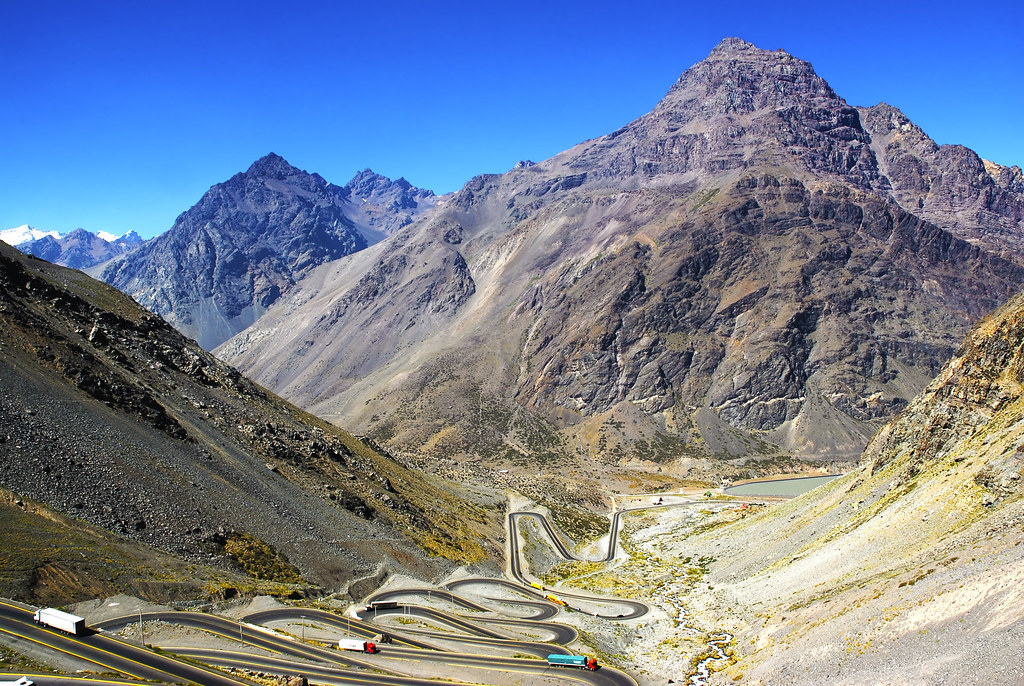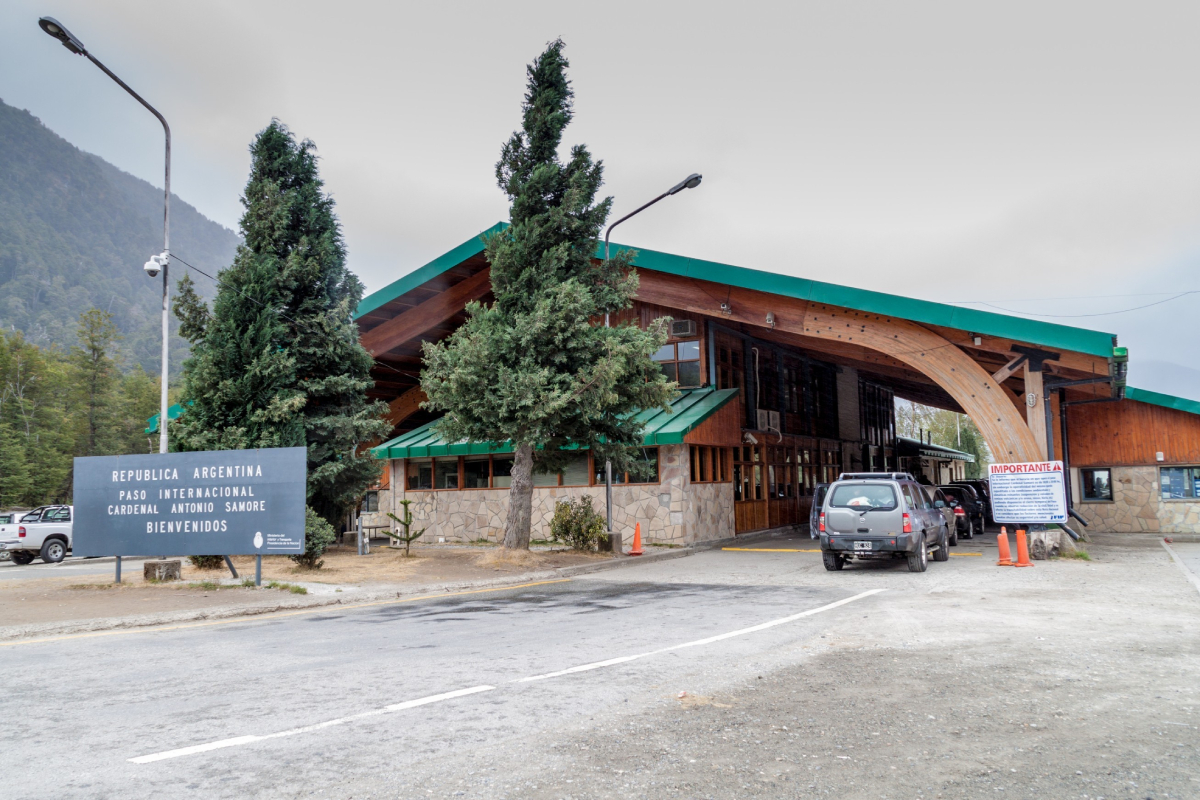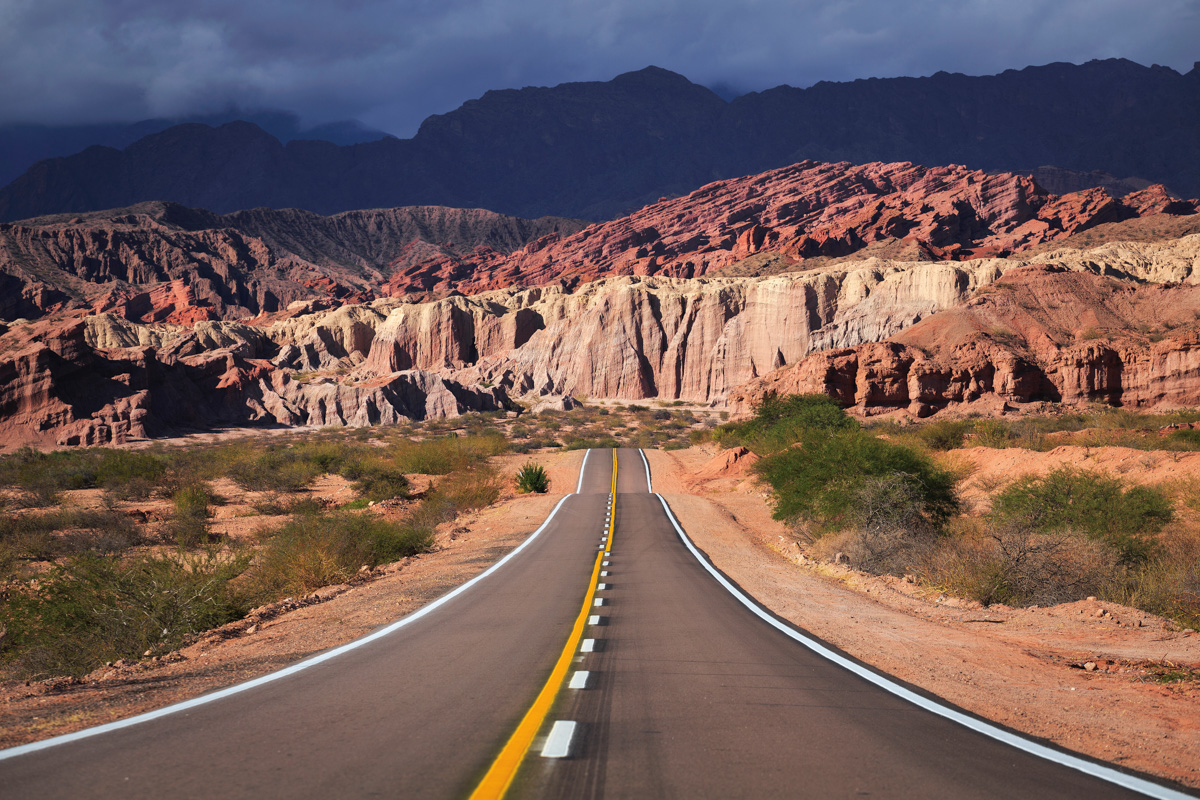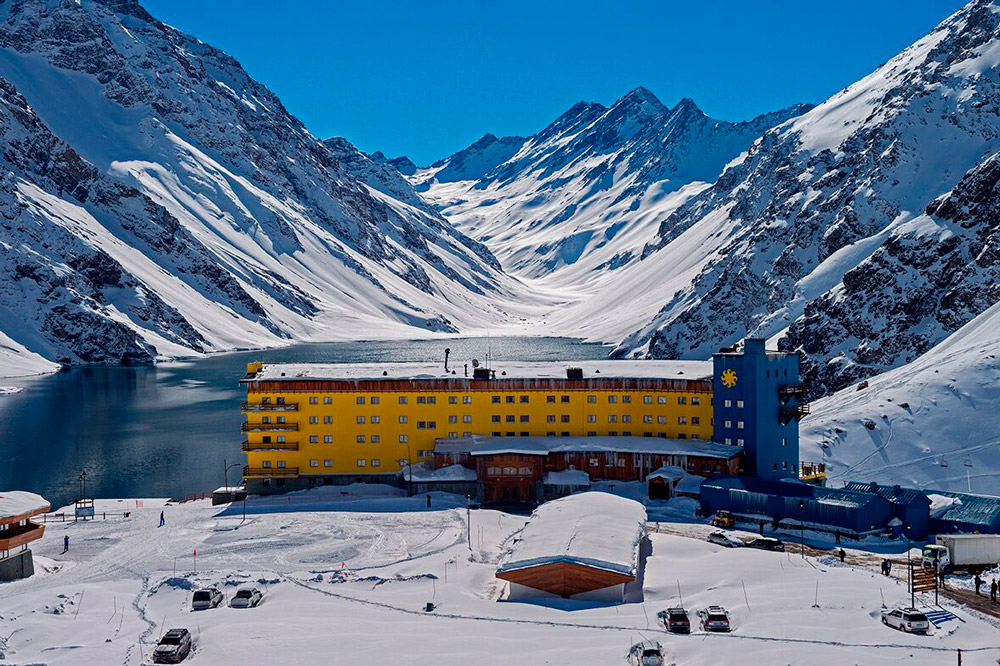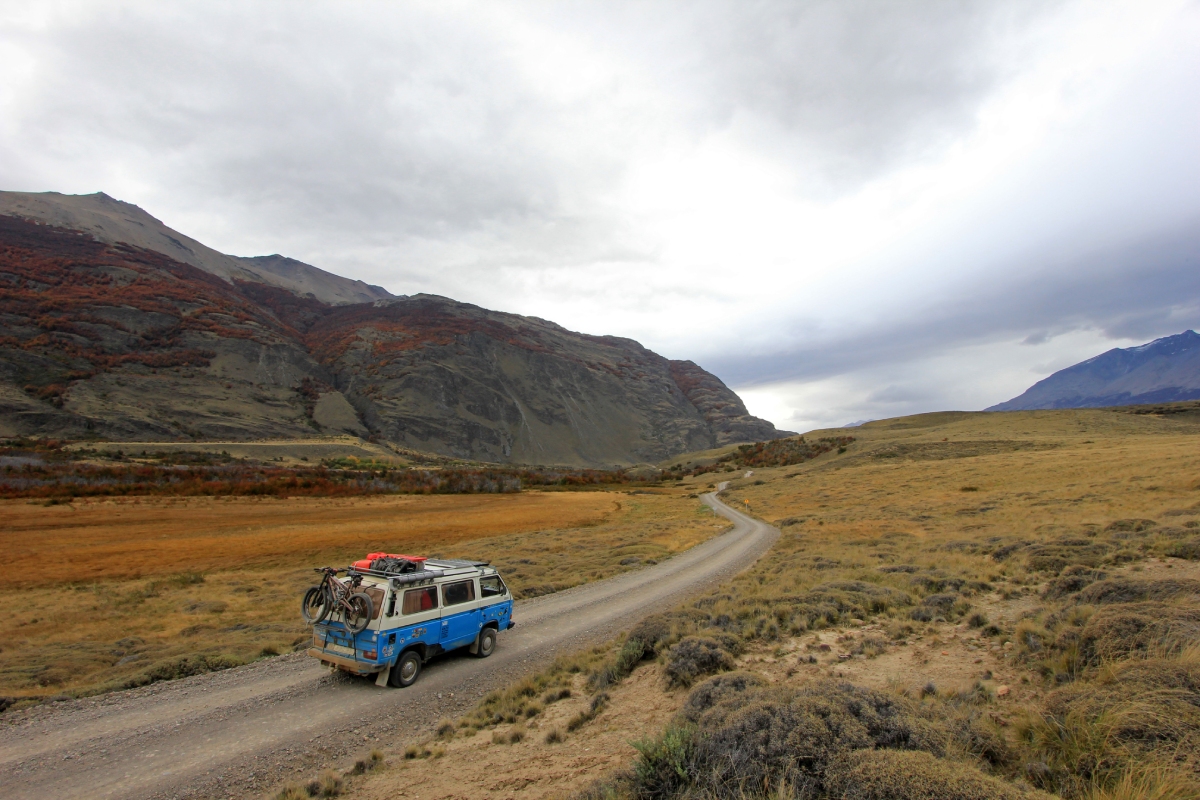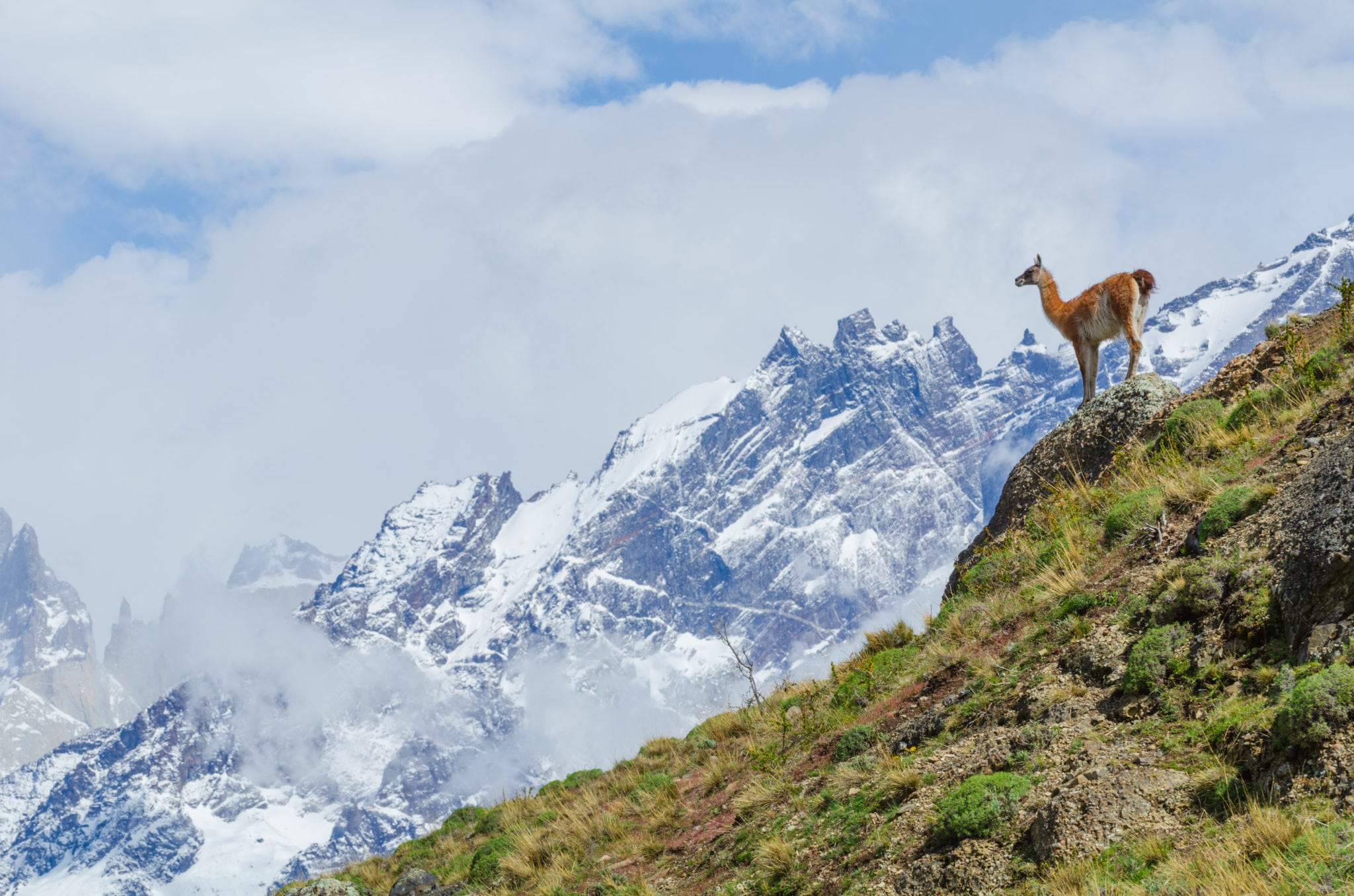The Andes Mountains form a spectacular border between Chile and Argentina, stretching 5,308 km (3,298 mi). Crossing between the two countries will offer you some incredible views and the chance to experience two unique and dynamic South American countries. We’ll help you with the planning and logistics of hopping over the border, but if you’re keen to know more, keep reading for the requirements, what to expect, and the sights you’ll see on the way!
You can cross each of the points we name here in a vehicle, although there are smaller crossing points that may only permit foot and bicycle traffic. These minor crossings usually connect small towns and villages in the Andes region. Check maps, ask locals, or speak to your Ecochile contact to see if there are pedestrian or bike-friendly crossings on your route.
Requirements
To cross the Chile-Argentina border, you’ll need a valid passport, a tourist card/visa if required (if going from Chile to Argentina, you need to show the PDI paper you received when you entered Chile), and the documents handed to you by the rental car company if applicable. Depending on your nationality, you may be able to cross with just your passport or you may need to obtain a tourist visa ahead of time. Check the requirements for entering Chile and Argentina before your trip.
Officials on both sides of the border will stamp your passport and may ask you questions about the purpose and length of your visit. Make sure you have all your travel documents in hand and be cooperative with border personnel for the shortest processing time. Border wait times fluctuate based on season and traffic volume, so build extra time into your itinerary. Summer and major holidays tend to be the busiest crossing times.
Paso de Jama crossings – Northern Deserts
These border crossings lie between the fascinating desert town of San Pedro de Atacama in Chile and the alluring colonial city of Salta in Argentina and altitude wine region of Cafayate. In northern Argentina, the Salta province shares a long border with Chile. This crossing lies at high altitude which offers a unique landscape of desert mountains, salt flats, and salt lagoons to admire along the route. Be sure to fill up on gas, food, and cash before leaving as there are few services available along this route. Although open all year round, the crossing point may close in the winter due to weather conditions.
There is also the option of crossing at Paso Sico, which lies slightly further south.
Los Libertadores pass – Central Region
The most popular and heavily trafficked crossing is the Los Libertadores pass. The road, Route 60, goes from the Chilean city of Valparaiso, passing through Santiago and reaching the Argentine city of Mendoza. Keep an eye out for the highlights of the route: the 4 meter (10ft) tall Cristo Redentor (Christ the Redeemer) statue; passing the awe-inspiring Mount Aconcagua, the highest mountain in the Americas; and the brilliant ski center, Ski Portillo, one of the oldest and most important in the Southern Hemisphere.
This mountain pass sits at an elevation of 3,200 m above sea level (10,500 ft). Although officially open all year round, at these lofty elevations, the weather conditions in the winter can mean closures for safety reasons. Our team will be in touch if this will affect you and provide you with an alternative.
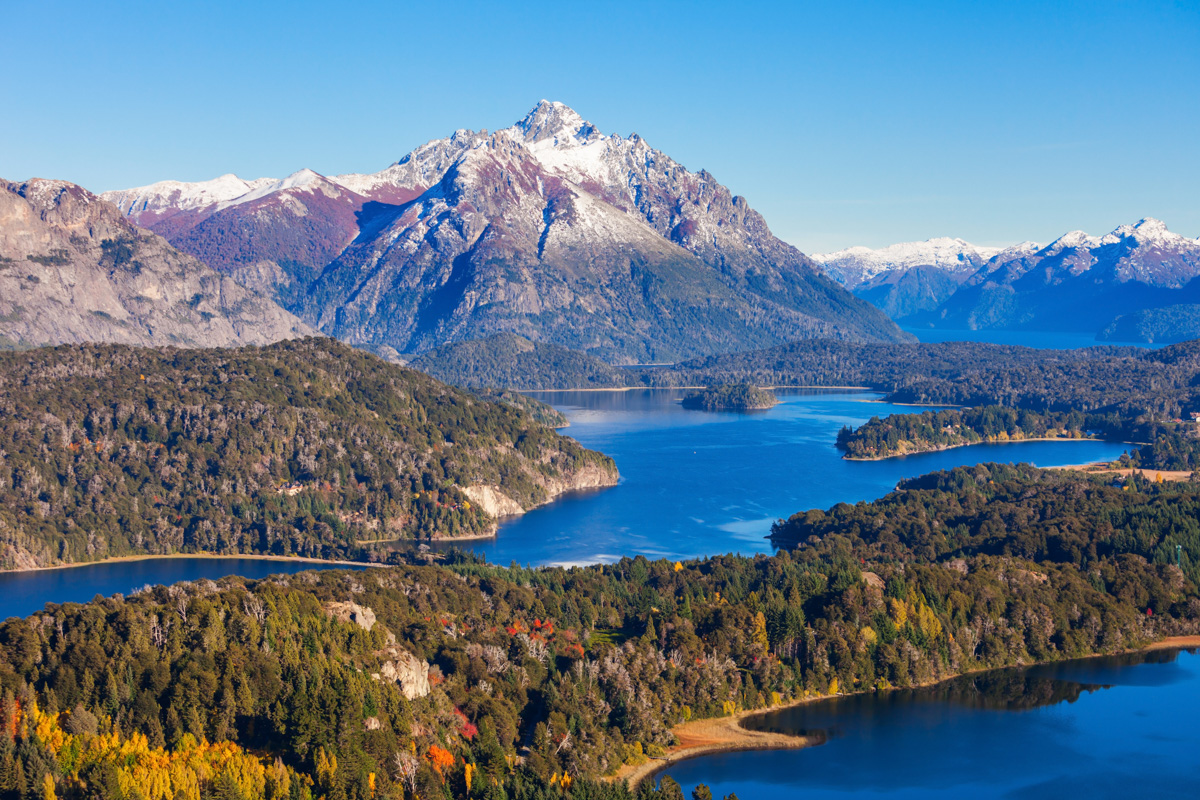
Cardenal Antonio Samoré Pass – Lakes Region
The scenic lakes region of Argentina and Chile offers another popular border crossing option via the Cardenal Samore Pass. This crossing connects the famous Argentine tourist town of San Carlos de Bariloche with Puerto Varas in Chile’s Lake District. This picturesque route winds through the Andes along Lake Nahuel Huapi, passing cascading waterfalls and forests of native trees, chasing snow-capped volcanoes. With its ease of access via public transportation and gorgeous natural backdrop, the Bariloche to Puerto Varas trip makes for an excellent add-on for travelers looking to see more of Patagonia’s iconic mountain landscape and experience the best of both Argentina’s and Chile’s lake regions.
Alternatively you can cross further south at Paso Pérez Rosales as part of a beautiful route that mixes scenic drives and ferry rides over idyllic Patagonian lakes. This leisurely route travels between Puerto Varas and Bariloche and is a truly spectacular way to travel. Note that this route must be booked in advance with the tour operator.
Paso Roballos & Paso Jeinimeni – Southern Patagonia
At the southern end of the Andes in Patagonia, dirt roads criss-cross the border between Chile and Argentina. Some, like Paso Roballos or Paso Jeinimeni, require 4×4 vehicles or hiring local guides to traverse them. El Chaltén in Argentina provides access to the Southern Patagonian Ice Field via border crossings like Paso Vuriloche. Travel here is for the adventure-seeker looking to explore remote mountain landscapes, or to visit the incomparable Torres del Paine and incredible El Chalten in one epic trip! Note that this crossing is only open during the summer season.
When you travel with Ecochile, we’ll help you manage these crossings, ensure you have all the documents you need, make the appropriate arrangements with the rental car company and handle any hiccups that may happen. Speak to us today to start planning your trip to Chile and Argentina!
